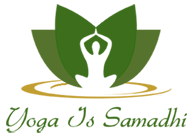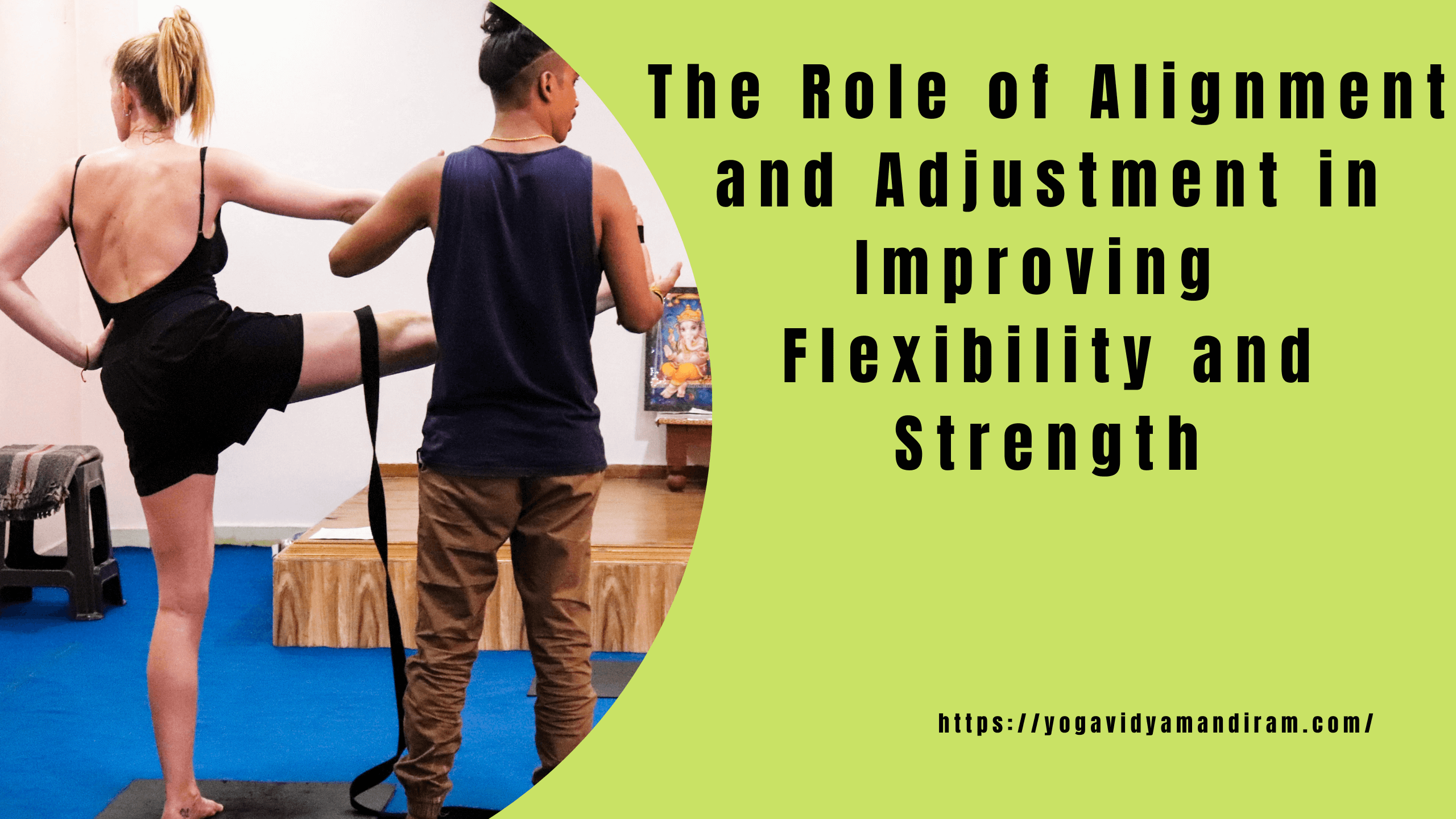Are you tired of feeling stiff and inflexible? Do you struggle with completing simple movements or exercises due to lack of strength? The secret to improving your flexibility and strength lies in the often-overlooked areas of alignment and adjustment. In this blog post, we will delve into how proper alignment and adjustments can help you unlock new levels of flexibility and build greater strength. Ready to take your fitness journey to the next level? Let’s get started!
What is Alignment and Adjustment?
There are two main types of alignment and adjustment: static and dynamic. Static alignment is when your body is in a stationary position, such as when you’re standing up straight or lying down. Dynamic alignment is when your body is in motion, such as when you’re walking or running.
The importance of proper alignment and adjustment can’t be overstated. When your body is properly aligned, it’s able to move more efficiently and with less effort. This means that you’ll have more energy for activities that require endurance, such as running or playing sports. Additionally, proper alignment can help prevent injuries by ensuring that your muscles and joints are working together correctly.
There are a few simple things you can do to improve your alignment and adjustment. First, focus on maintaining good posture throughout the day. This means keeping your back straight, shoulders down and relaxed, and head up. Second, pay attention to how you’re moving your body when you’re participating in physical activity. Make sure that you’re using smooth, controlled motions rather than jerky or uncontrolled ones. Finally, if you find that your alignment is off during an activity, stop and make the necessary adjustments before continuing. By following these tips, you can help improve your flexibility and strength while reducing your risk of injury.
Benefits of Alignment and Adjustment in Yoga
Alignment and adjustment are key components of a successful yoga practice. When the body is properly aligned, the muscles can work more efficiently and the joints are protected from injury. Adjustments help to ensure that the body is in the correct position to receive the full benefits of the pose.
There are many benefits to alignment and adjustment in yoga. Proper alignment can improve flexibility and strength, while also protecting the joints from injury. Adjustments help to ensure that the body is correctly positioned to receive maximum benefit from each pose.
Alignment and adjustment help practitioners move more deeply into each pose, allowing for a greater release of tension and better circulation. When the body is correctly aligned, it can also help to prevent pain in the back, neck, and other areas.
Types of Alignment and Adjustment Techniques
There are many different types of alignment and adjustment techniques that can be used to improve flexibility and strength. Some of the most common techniques include:
1. Static stretching: This is a type of stretching where you simply hold a position for a period of time. This is often used as part of a warm-up routine before exercise or competition.
2. PNF stretching: This is a type of stretch that uses both passive and active components. In PNF stretching, you would first passively stretch a muscle group until you reach your end range of motion. You would then contract the muscle group for a short period of time before relaxing it again.
3. Active isolated stretching: This type of stretching emphasizes on lengthening individual muscles rather than stretches that target multiple muscle groups at once. It’s often used as part of rehabilitation programs or by athletes who want to focus on specific muscles groups.
4. Ballistic stretching: This is a type of stretch that uses momentum to force the body into a position. It’s not recommended for beginners as it can lead to injuries if not done correctly.
5.Dynamic stretching: Dynamic stretches involve moving your body through a range of motion in order to loosen up the muscles before exercise or competition. These types of stretches are often used as part of a warm-up routine.
How to Incorporate Alignment and Adjustment into Your Yoga Practice
When incorporating alignment and adjustment into your yoga practice, there are a few key things to keep in mind. First, alignment is key in order to maintain correct posture and prevent injury. Second, adjusting your body throughout the yoga pose will help you to deepen the stretch and find your optimal range of motion. Finally, be sure to listen to your body and breathe deeply throughout the entire process.
In order to achieve proper alignment in a yoga pose, it is important to engage your core muscles and lengthen your spine. Remember to keep your gaze forward and your shoulders relaxed down away from your ears. As you move through the pose, be aware of any areas that feel tight or strained and make adjustments as needed.
To further improve flexibility and strength, it is helpful to make small adjustments throughout the yoga pose. For example, if you are struggling to reach your toes in forward fold, place a block underneath your hand for support. Or if you find yourself wobbling in tree pose, lightly place your fingertips or fingertips on a nearby wall for stability until you feel more comfortable balanced on one foot. The most important thing is to listen to what your body is telling you and make whatever adjustments necessary to find ease in the pose.
Finally, be sure to take deep breaths as you move through each yoga pose. This will help oxygenate the muscles and connective tissue which will aid in the stretching process. Inhale deeply through the nose and exhale slowly through the mouth as you move through each pose.
By incorporating alignment and adjustment into your practice, you will be able to deepen your postures safely and prevent injury. With some practice, you will discover a newfound sense of ease in each yoga pose.
Common Mistakes to Avoid During Alignment and Adjustment
1. Don’t try to alignment and adjustment too often. Over-doing it can actually lead to less flexibility and strength, not more.
2. Pay attention to your form. Making sure your body is in the right position during alignment and adjustment is key to getting the most out of the movement.
3. Be careful not to force your body into a position that feels uncomfortable. Ease into positions gradually and stop if you feel any pain.
4. Don’t use excessive weights during alignment and adjustment. You should be able to move the weight with good form and still have control over the movement.
5. Make sure you are focusing on the proper muscles during alignment and adjustment. It’s easy to get distracted and start using other muscles that aren’t necessary for the exercise.
6. Don’t forget to relax. Trying to hold yourself in a tight position during alignment and adjustment can be counter-productive. Make sure you’re relaxed and breathing deeply throughout the exercise.
7. Don’t forget to warm up before attempting alignment and adjustment exercises. Proper stretching and foam rolling can help prepare your muscles for the movement.
Tips for Improving Flexibility and Strength Through Alignment and Adjustment
To improve flexibility and strength through alignment and adjustment, it is important to focus on four key areas: the spine, hips, knees and ankles. By keeping these areas in proper alignment, the muscles and joints will be able to work more efficiently, allowing for greater flexibility and strength. Additionally, regular adjustments to these areas can help to prevent injuries and keep the body feeling its best. Here are some tips for improving flexibility and strength through alignment and adjustment:
1. The Spine: To maintain a healthy spine, it is important to keep the pelvis in a neutral position. This means that the hips should not be tilted forward or back, but rather should be level with each other. Additionally, the spine should be kept in a neutral position, meaning that it should not be curved excessively forward or back. When sitting or standing, be sure to keep your shoulders back and down away from your ears, as this will help to keep the spine in proper alignment.
2. The Hips: The hips are another area where proper alignment is essential for optimal health. When standing, be sure that your weight is evenly distributed between both feet. When sitting, avoid crossing your legs at the knee as this can put unnecessary strain on the hips. Instead, keep your feet flat on the floor shoulder-width apart with your knees pointing straight ahead.
3. The Knees: To protect your knees from injury, it is important to maintain good alignment by keeping them pointing straight
Conclusion
Alignment and adjustment are essential components of any training program. Properly aligning your body can ensure you are performing exercises correctly, thus reducing the risk of injury while increasing flexibility and strength. Furthermore, making small adjustments to your routine or technique can help you achieve better results in a shorter amount of time. Whether you’re just starting out in fitness or if you’ve been working out for years, considering alignment and adjustments when it comes to improving flexibility and strength is an important step that should not be overlooked.


Leave a Reply